The Best Duels and Battles From Obi-Wan Kenobi
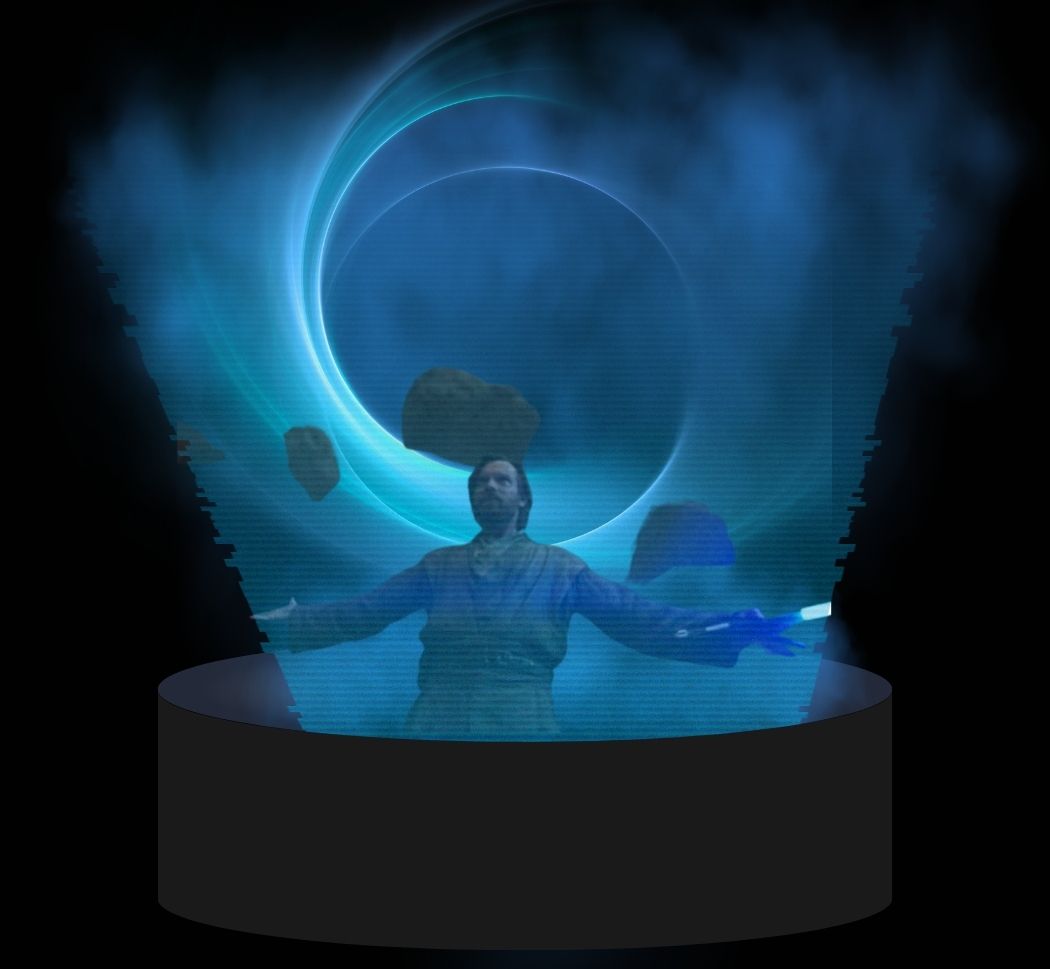
Obi-Wan Kenobi, a Jedi haunted by loss, faces Darth Vader, Inquisitors, and his own guilt across a series of duels that test his skill, faith, and legacy. From a fire-scorched confrontation to a quiet inner awakening, each battle in the series reveals his path back to purpose and sets the stage for Luke Skywalker’s future.
The Best Duels and Battles From Obi-Wan Kenobi
The Obi-Wan Kenobi series chronicles one of the most complex and pivotal journeys in Star Wars lore: a Jedi Master in exile grappling with the wreckage of the Clone Wars, the rise of the Empire, and the fall of his closest friend, Anakin Skywalker.
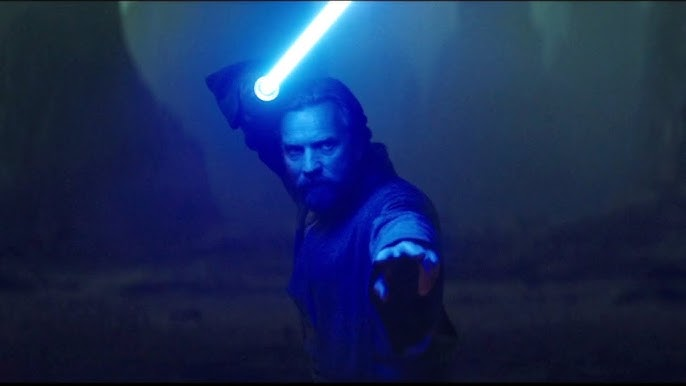
Obi-Wan’s withdrawal from the galaxy is not mere hiding but a profound internal exile marked by grief, survivor’s guilt, and a fading connection to the Force. The duels spread across the series are far more than physical combat—they serve as external reflections of Obi-Wan’s fractured psyche and his slow process of healing and reclamation.
Each clash, from lightsaber combat to subtle Force confrontations, is infused with narrative and symbolic weight, illustrating how the external battles of the Jedi echo the internal war between doubt and resolve.
Throughout the series, the stakes are personal as much as political.
Obi-Wan is no longer a confident war hero but a man forced into cautious survival with deep wounds, both visible and hidden.
His encounters with formidable enemies like Darth Vader and the Inquisitors test not only his lightsaber combat skills but his commitment to Jedi principles amid an unforgiving regime.
The series deftly portrays Obi-Wan’s transformation from a broken guardian to the legendary hero who will protect and mentor Luke Skywalker, and these duels act as crucial milestones along that path.
Obi-Wan Kenobi vs. Darth Vader (Round 1): The Fire and the Fear
The first confrontation between Obi-Wan and Vader is a brutal, visceral encounter that starkly contrasts with their legendary duel on Mustafar a decade prior.
Set amidst the ruins and industrial wastelands of Mapuzo, shrouded in night and blazing fires, the duel is less about technique and mastery and more about survival and psychological warfare.
Obi-Wan is physically out of practice: years in hiding have dulled his reflexes and clouded his focus, and the trauma of Anakin's fall weighs heavily on him. Vader, now fully transformed into a Sith enforcer, approaches this fight with ruthless efficiency, tormenting Obi-Wan by dragging him through flames reminiscent of their earlier battle, a cruel mirror meant to unsettle and intimidate.
This duel reveals the power imbalance between them. Far from the noble rivalry of Padawans, this fight carries a dark edge—Vader’s intent is to remind Obi-Wan of the past annihilation he couldn't prevent, to break him mentally as much as physically.
Obi-Wan’s defense is sporadic and desperate; his combat feels fragmented, underscoring his vulnerability. The roar of the inferno and the harsh clang of sabers counterpoint the internal burning shame and fear Obi-Wan battles, making this duel a brutal prelude and a grim reminder that the Jedi Master must find new strength not just in skill, but in spirit.
Obi-Wan vs. Darth Vader (Round 2): The Buried Past Rises
Their rematch on a desolate moon in the finale marks a profound shift in Obi-Wan’s journey—not just in combat ability, but in emotional clarity. With minimal distractions, the duel distills down to pure confrontation: raw, elemental, and intimate.
Obi-Wan’s connection to the Force is renewed, his movements deliberate and harmonious with his surroundings.
Unlike the first encounter, he fights with the calm confidence of a Jedi who has come to terms with his past failings. The sparring exchanges feel weighty, charged with unspoken regret, and the choreography highlights the contrast between Obi-Wan’s mastery of defense and Vader’s brutal aggression.
The emotional core of the duel is not just the lightsaber combat but the moment Vader’s mask cracks, revealing hints of Anakin beneath the Sith armor.
Obi-Wan’s apology—laden with decades of pain and responsibility—is met with Vader’s chilling rejection, emphasizing that the man Obi-Wan once knew is irrevocably gone. Nevertheless, Obi-Wan spares his former apprentice once again, underscoring his adherence to hope and mercy despite devastation.
This choice embodies the essence of Obi-Wan’s character: a guardian who holds onto compassion as firmly as his blade, shaping his legacy and setting the stage for Luke’s eventual rise.
Obi-Wan vs. Anakin Skywalker (Flashback): The Training That Foretold Everything
The flashback duel at the Jedi Temple offers a valuable window into the relationship between Obi-Wan and the young Anakin before the latter’s fall.
In this sequence, Obi-Wan acts as the patient mentor while Anakin’s combat style reflects inherent impatience and a hunger to dominate.
The sparring is fast, precise, and filled with exchanges that go beyond physicality, revealing deep character traits: Obi-Wan’s measured, defensive tactics highlight his experience and control, while Anakin’s aggressive offense betrays his internal struggle with control and consequence.
This duel is more than nostalgia; it foreshadows the conflict that will later devastate the galaxy. Obi-Wan recognizes that Anakin’s thirst for victory and his inability to temper emotion with discipline are dangerous flaws.
This early confrontation sets the foundation for their eventual tragic fallout and emphasizes the thematic weight of mastering not only combat skills but the true meaning of being a Jedi. The fight isn’t about one winner on the floor, but about lessons in restraint, patience, and the dangers of unchecked pride.
Obi-Wan Kenobi vs. Reva (Third Sister): The Duel He Never Truly Wanted
Obi-Wan’s encounters with Reva, the relentless Inquisitor, are as much psychological and strategic battles as physical ones.
Taking place in hostile environments like the Fortress Inquisitorius and on the war-torn planet Jabiim, these confrontations reveal Obi-Wan’s evolution from a warrior relying primarily on his lightsaber to a Jedi who employs restraint, cunning, and the broader utility of the Force.
Obi-Wan understands Reva’s pain and rage—both are products of the Empire’s cruelty—allowing him to approach the duel with empathy and subtle manipulation rather than sheer force.
Throughout these engagements, Obi-Wan is deliberate and measured, using the Force for disarmament, stealth, and control instead of outright offense. This reflects his maturity and doctrine: the Jedi fight to protect and preserve life, not prolong violence.
His approach also exposes Reva’s internal conflicts, highlighting the tragedy of indoctrination and revenge. These duels deepen their characters, framing their clash not as pure antagonism but as two lost souls wrestling with power and trauma under vastly different philosophies.
Reva vs. Darth Vader: The Lesson in Power
Reva’s assassination attempt on Darth Vader is remarkable for its minimal use of lightsabers, focusing instead on raw Force domination.
Within the confines of the Fortress on Jabiim, Vader’s display of power is almost surgical: he does not draw his blade for much of the fight because his command of the Force is so complete that mere gestures dismantle Reva’s attacks and attempts at control.
This duel emphasizes Vader’s transformation from a lightsaber-wielding knight to a near-mythic figure of domination and intimidation.
Reva’s aggression meets cold precision, underscoring the hierarchy of dark side mastery. Vader’s non-verbal, effortless control is a terrifying reminder of the gap between master and apprentice, underlining his status as the Emperor’s enforcer unrivaled in power and ruthlessness.
Reva’s eventual defeat isn’t only a tactical loss; it is a moment that shapes her own arc, forcing her to reevaluate her purpose. This confrontation encapsulates the brutal reality of the Sith’s supremacy within the Empire and the peril of rebellion.
Obi-Wan vs. The Fortress Inquisitorius: Infiltration as Silent Combat
While not a traditional duel, Obi-Wan’s infiltration of the Fortress Inquisitorius showcases the return of his stealth, precision, and Force finesse.
This sequence highlights how his combat style has evolved: low-profile yet lethal, relying on cunning, patience, and surgical strikes rather than open confrontation. He dispatches Stormtroopers and evades Inquisitors with calculated movements that speak to years spent in exile, polishing his skills away from the heat of battle.
The tension here is palpable—near-silent combat interspersed with sudden bursts of action. Obi-Wan’s use of the Force is controlled and understated, focused on interrogation, diversion, and subterfuge.
This measured approach embodies his philosophy at this stage of his journey: a Jedi who fights not out of rage or pride, but necessity and protection. The scenes build anticipation for future confrontations and reinforce his role as a guardian moving steadily back into the fold of the Force and Jedi purpose.
Tala & NED-B vs. Stormtroopers: Sacrifice Without a Lightsaber
In stark contrast to the Force and saber duels, the encounter between Tala and the loader droid NED-B against overwhelming Stormtroopers on Jabiim is an important reminder that heroism in Obi-Wan Kenobi transcends force wielders.
This quiet but intense battle represents the purest form of sacrifice and resilience. Tala, a former Jedi Knight, and NED-B make a last stand to protect a group designated as crucial to the broader resistance—echoing the core Jedi ideal of protecting the innocent at any cost.
Their sacrifice resonates emotionally, grounding the series’ epic scale in intimate human combat and valor.
The loader droid’s surprising capability underscores the theme that even the small and overlooked can make a difference. This sequence enriches the narrative by highlighting courage beyond the Force, adding layers to the story’s stakes and reminding viewers of the wider resistance’s cost against Empire oppression.
Obi-Wan Kenobi vs. Himself: The Silent Duel of Guilt and Resolve
The deepest and most persistent duel Obi-Wan fights throughout the series is within himself. His internal struggle is defined by overwhelming guilt over Anakin’s fall and the destruction of the Jedi Order.
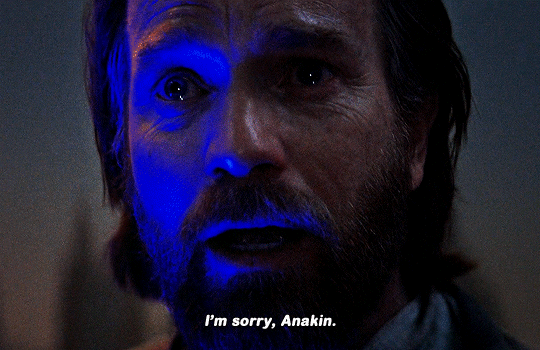
He hesitates to fully embrace the Force, avoids engaging in battle unless absolutely forced, and suppresses his identity as a Jedi. This psychological conflict manifests as fear, self-doubt, and a desperate need for redemption.
Key moments, especially in the middle of the season, show Obi-Wan’s gradual reconnection with the Force—a turning point signaling his acceptance of past failures and renewed sense of purpose.
This silent internal duel is just as critical as any physical fight, illustrating how Obi-Wan must first conquer the shadows of his mind before confronting the Empire’s threats. His eventual resolve reawakens the warrior within and reestablishes his role as a symbol of hope and resistance.
Conclusion: The Evolution of a Warrior, the Heart of a Jedi
Throughout the Obi-Wan Kenobi series, duels serve as milestones on a path toward personal redemption and transformation.
These battles are not mere displays of martial prowess but are deeply embedded in the character’s emotional and spiritual journeys. Obi-Wan’s story isn’t defined by destruction of his enemies alone but by his evolving understanding of mercy, responsibility, and hope.
The series cements the idea that the greatest Jedi fights are often fought within—a contest between vengeance and compassion, despair and faith. Obi-Wan’s legacy is built on these layered duels, teaching that true victory lies not in domination but in peacekeeping and sacrifice.
This nuanced portrayal enriches the Star Wars mythos and offers a profound look at what it truly means to be a Jedi.








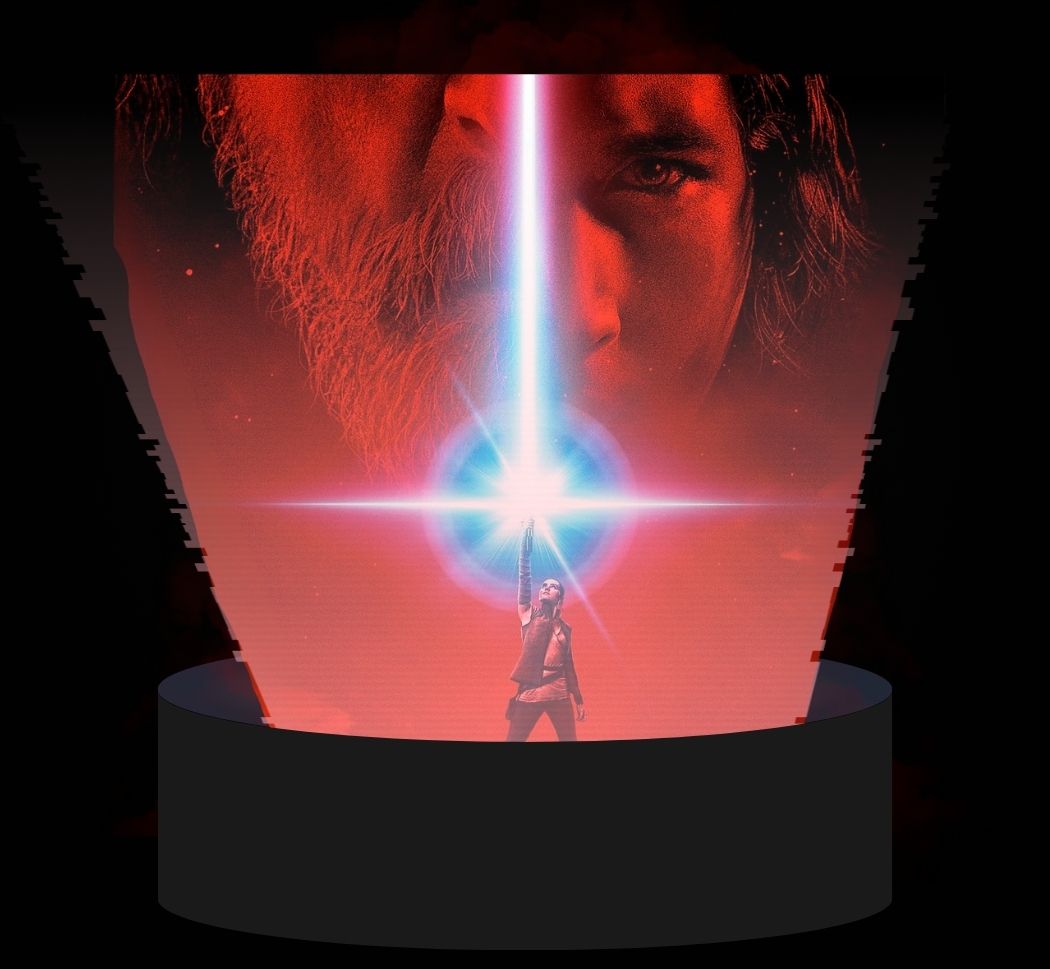
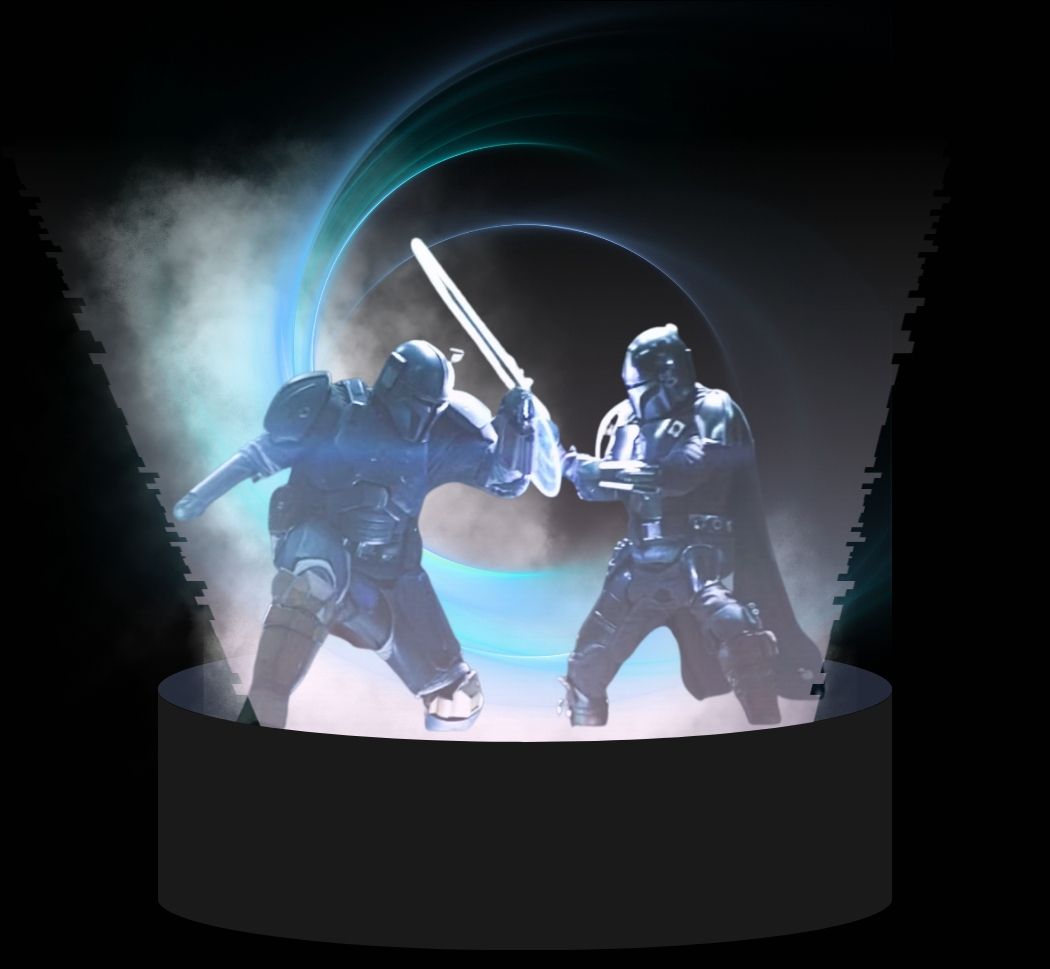

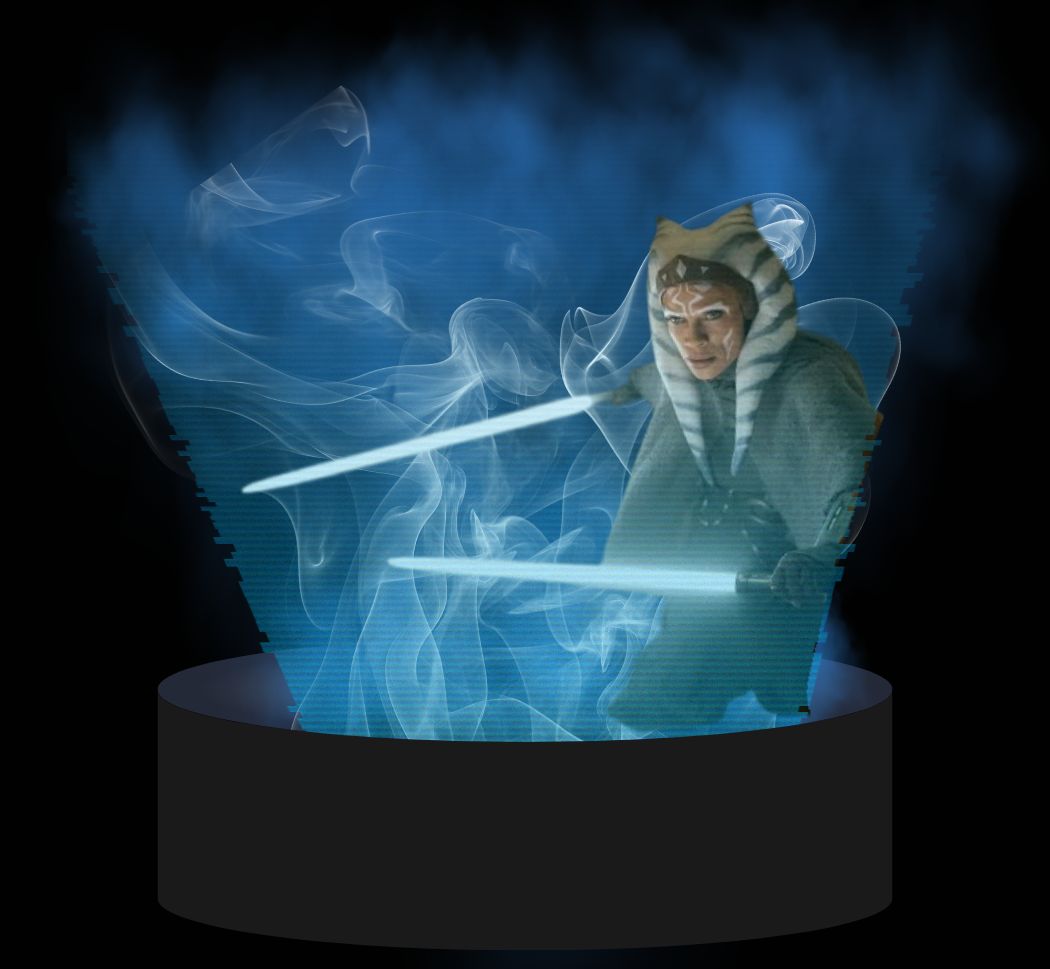
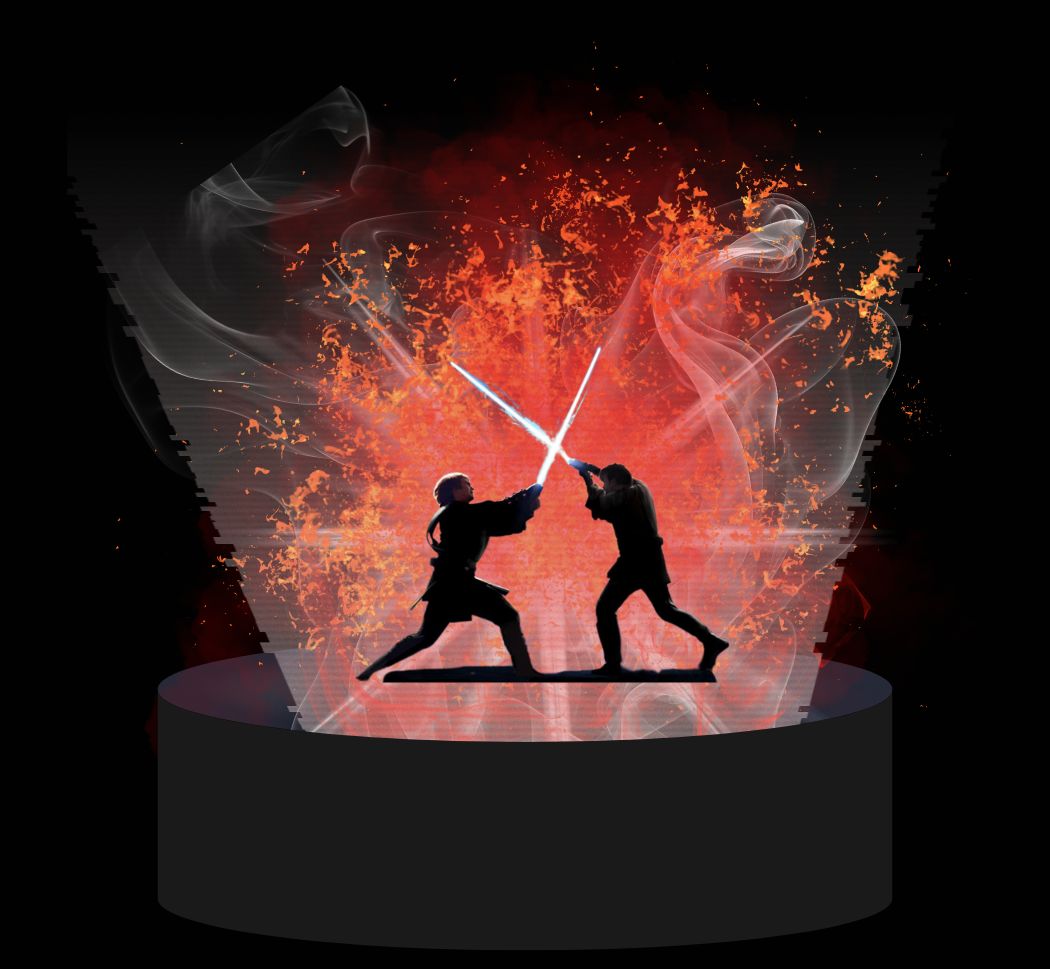
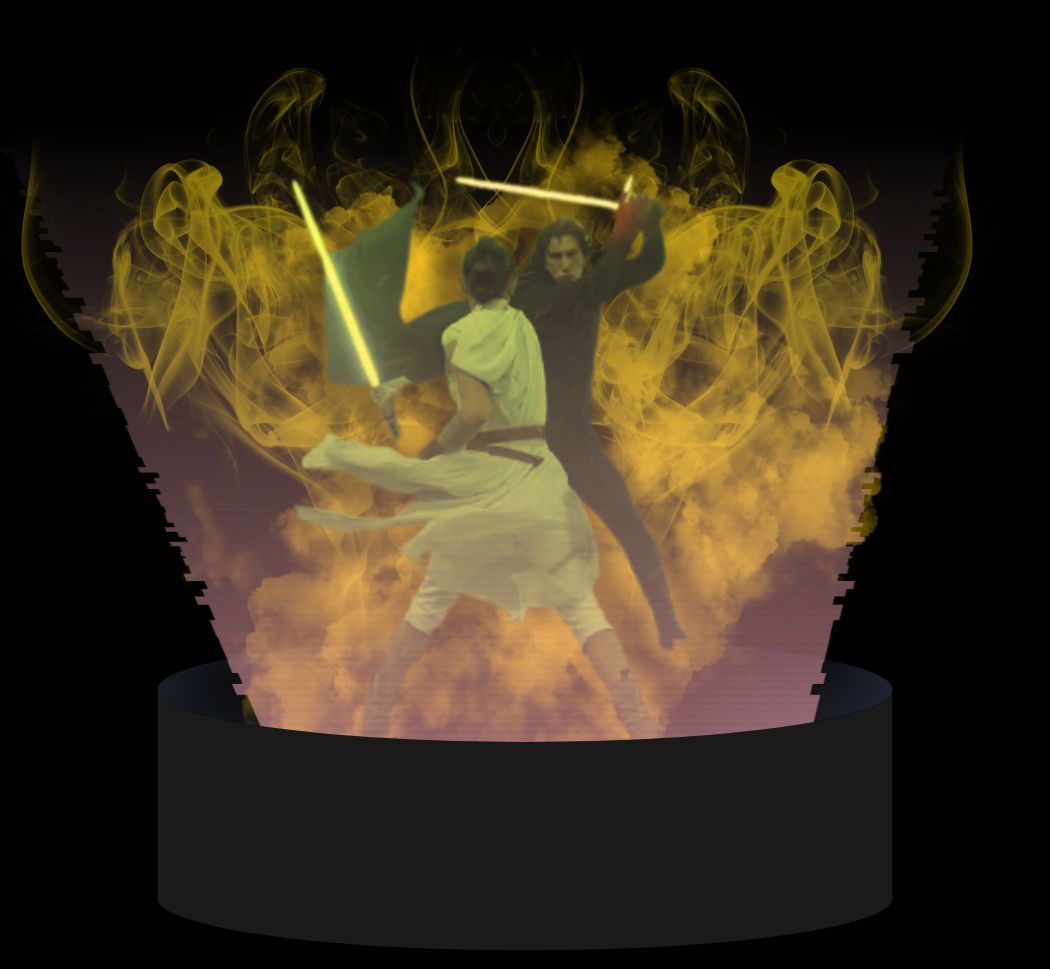
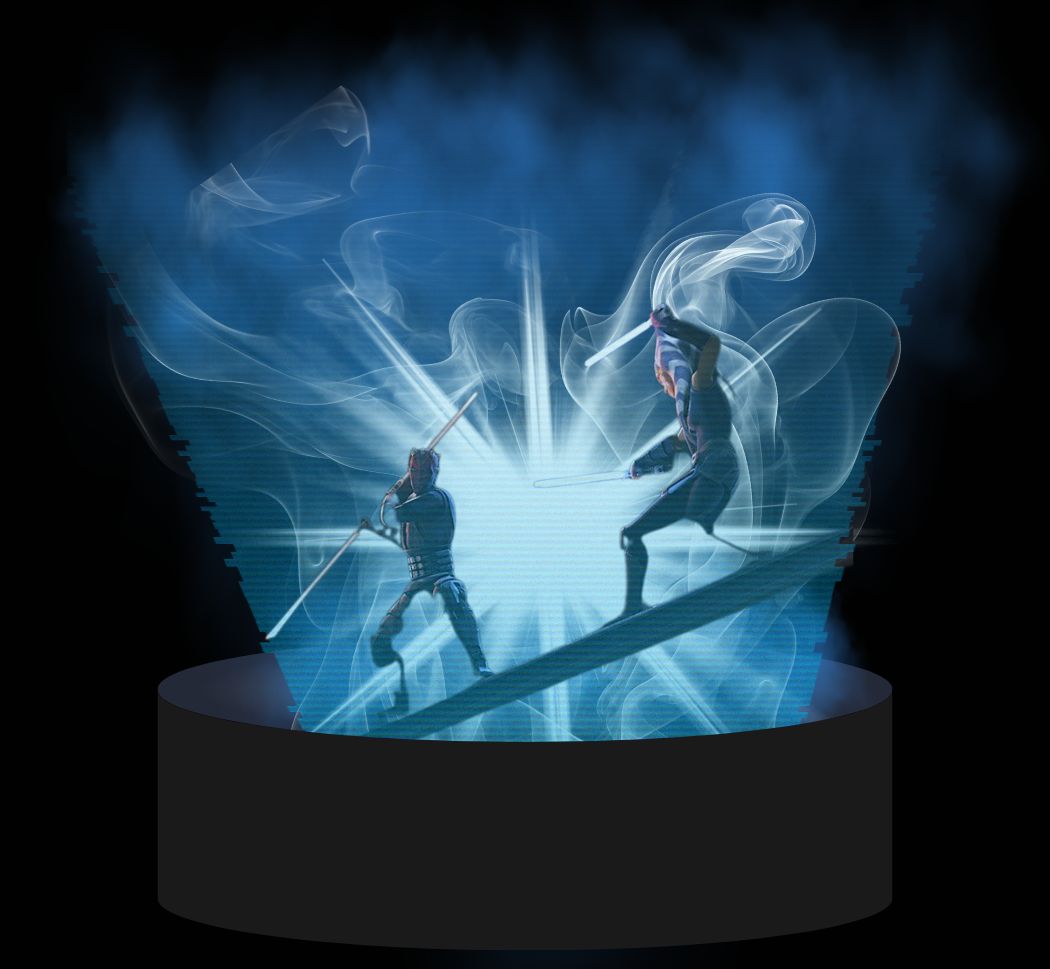
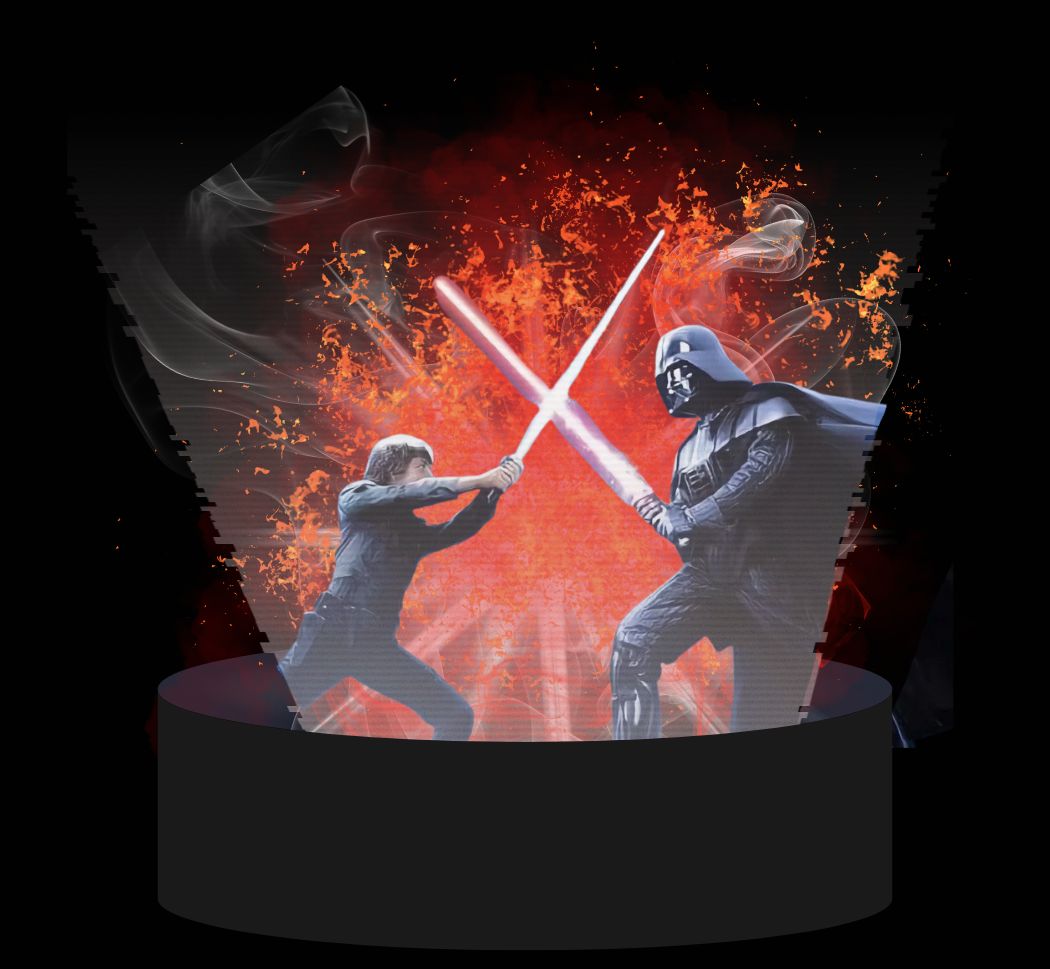
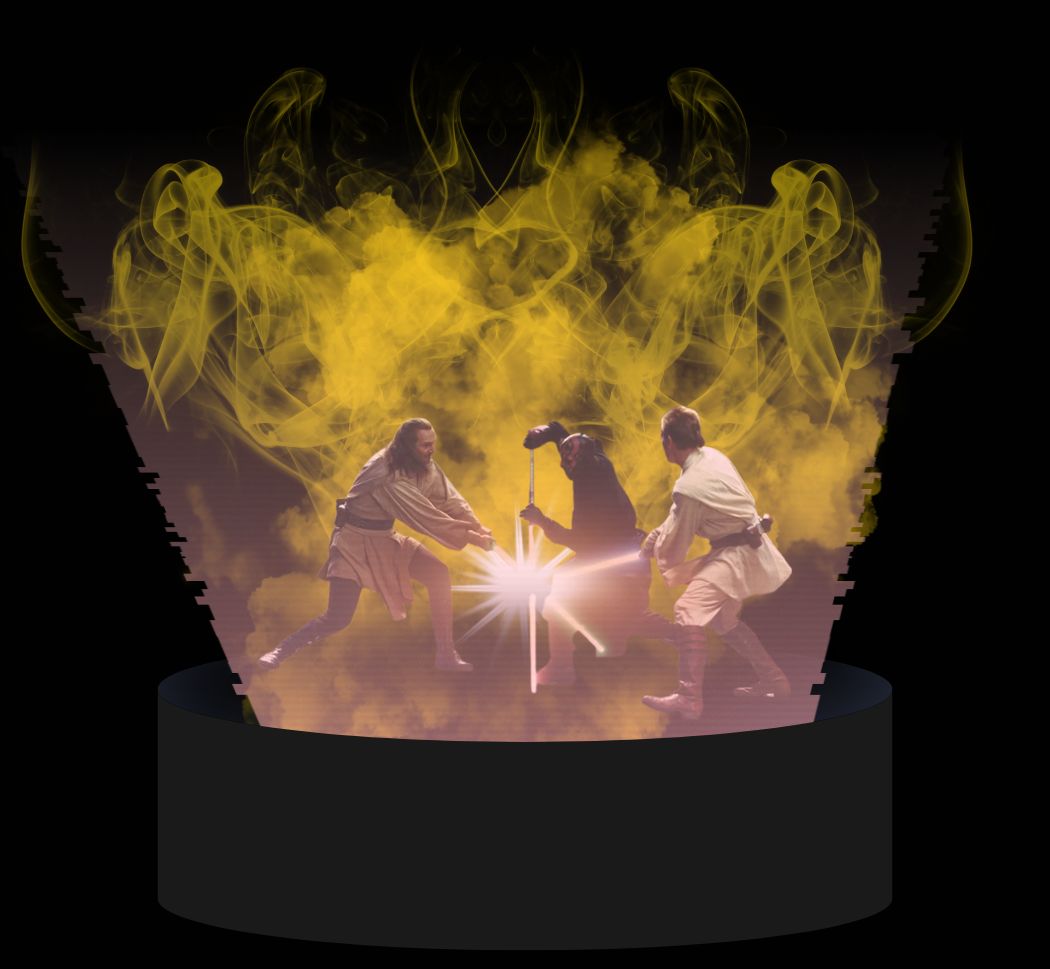
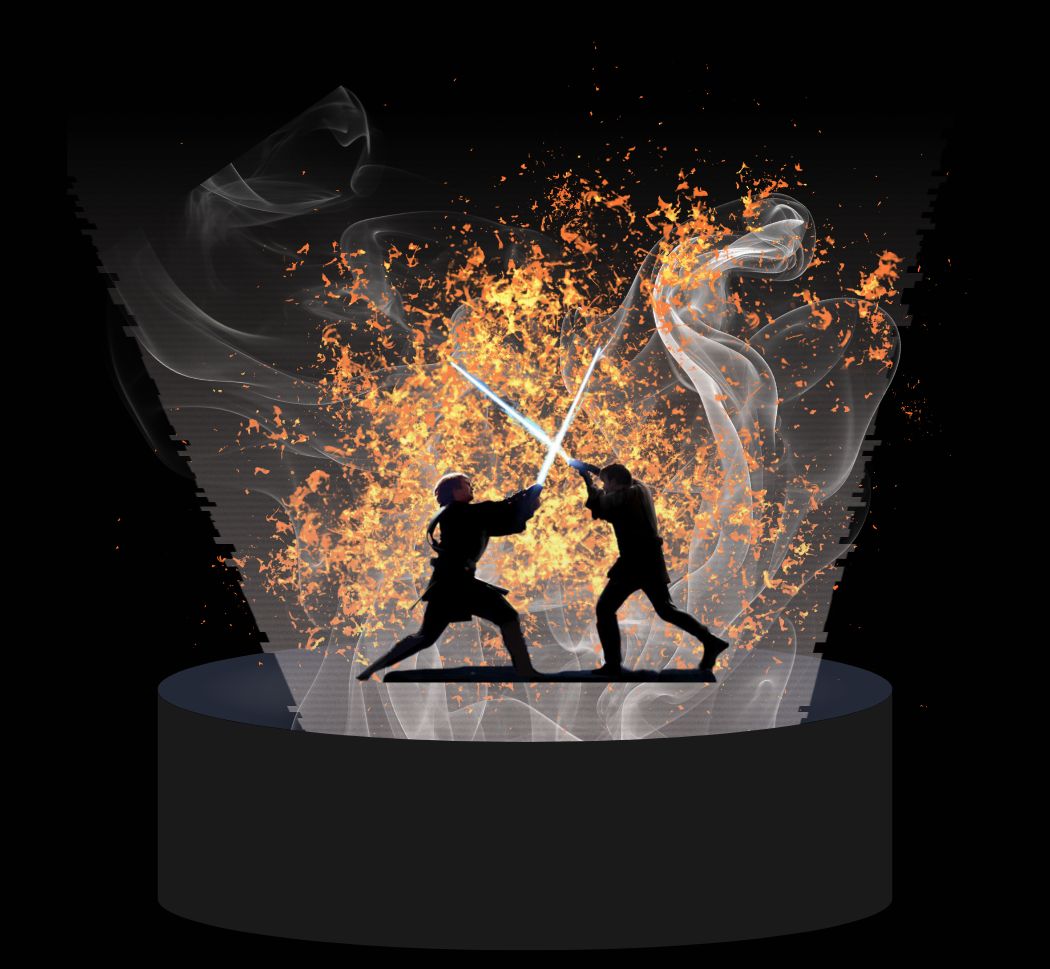

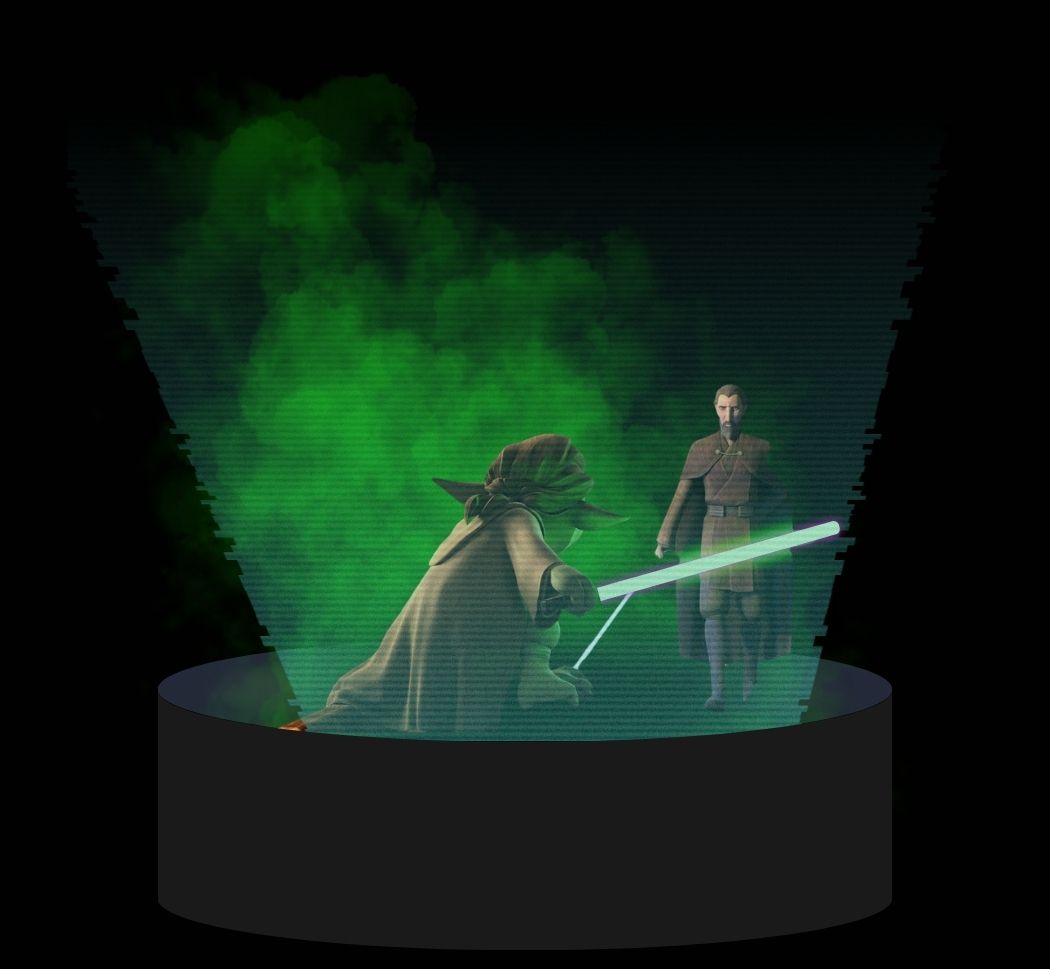




.jpg)
